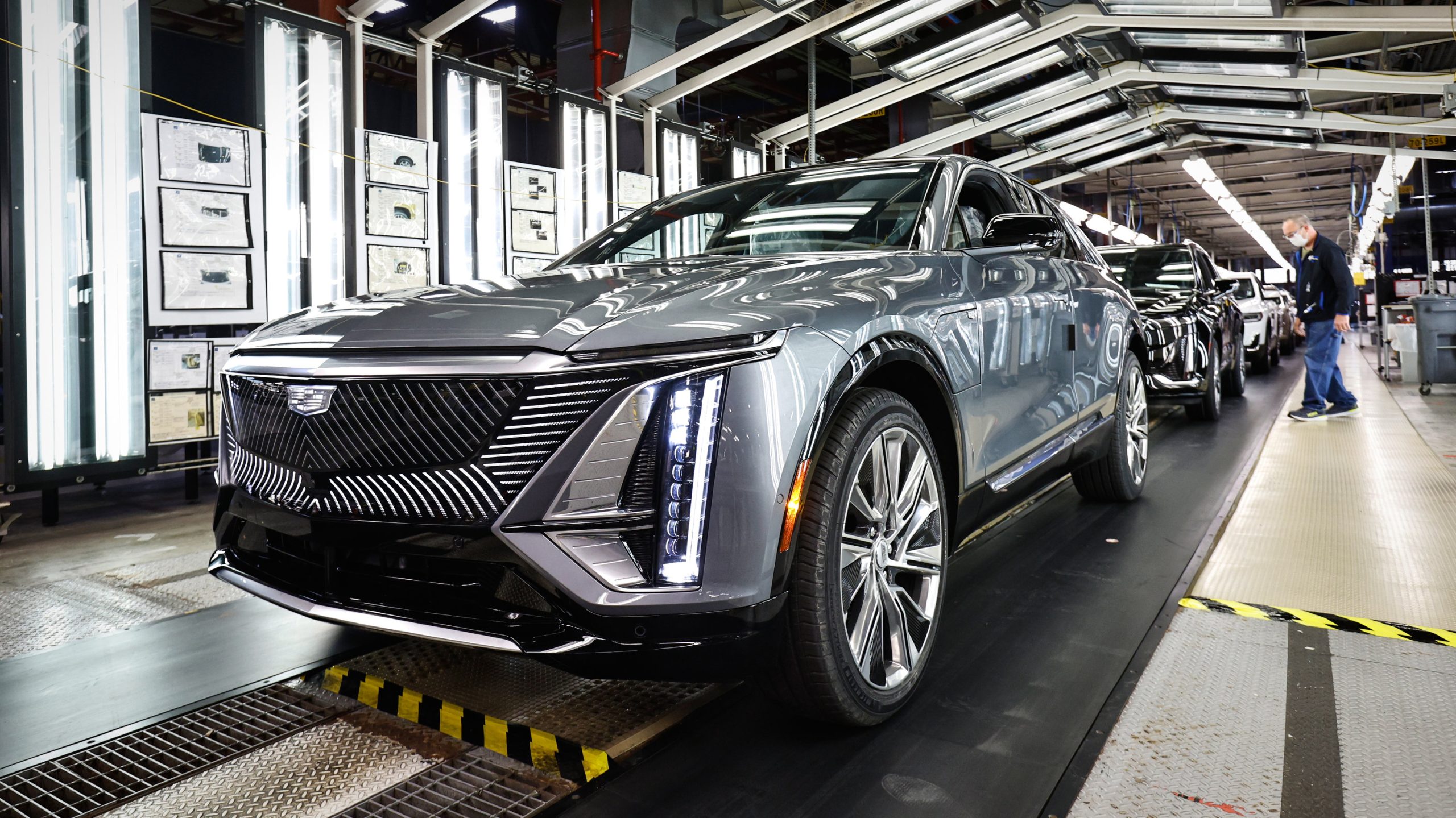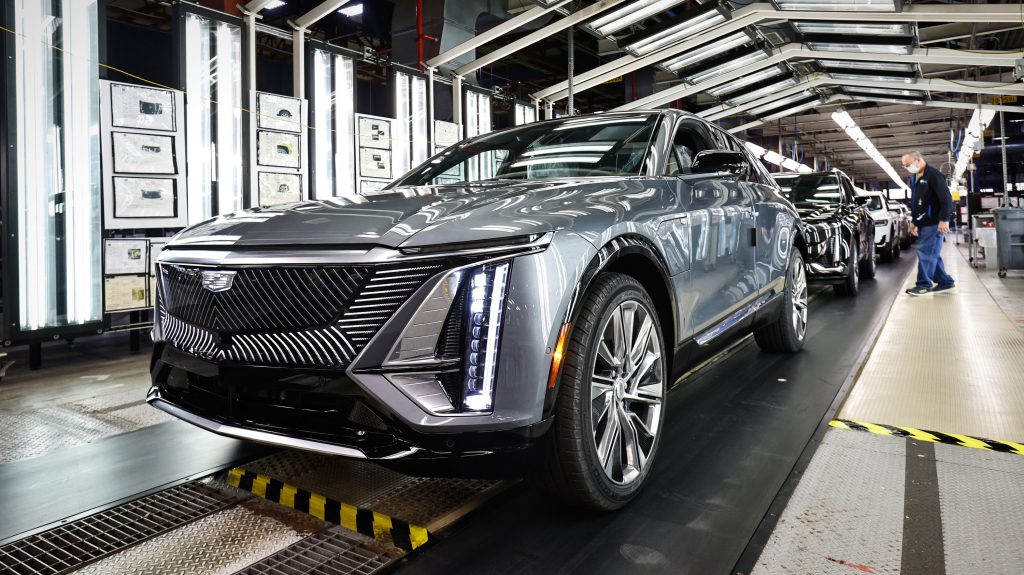
Citing high (and still increasing) interest rates, continued supply chain issues, and the looming fear of recession, CNBC recently reported that the car business will likely continue to face headwinds going into 2023. This is despite predictions by some analysts that new-vehicle sales in the US may increase as inventories have improved since the height of the COVID-19 pandemic.
Ford Raises F-150 Lightning Prices…Again
Another Rough Year for the Car Business?
The consensus seems to be that US auto sales will total around 13.7 million for 2022. This sounds like a lot, but it’s the lowest figure since the 2009 recession. It’s well off the market’s peak of nearly 17.5 million from 2016. Cox Automotive, one of the industry’s largest marketing and service firms, is cautiously optimistic that sales can rebound to 14.1 million in 2023.
While the pandemic hurt sales, the lack of inventory meant that manufacturers didn’t have to rely on heavy incentives to move the metal that was available. This, in turn, led to record profits at the dealership level as the average price of a new vehicle skyrocketed to more than $46,000. This number is likely to maintain its upward trajectory as inflation continues to play havoc with the prices of just about everything.
If new-car sales manage to increase, we wonder at what cost? The days of large cash rebates and cut-rate (0-2 percent) financing are essentially over, at least for the short and medium term. Loans of 84 months with their corresponding high interest rates are becoming more common. The number of outstanding car loans that are delinquent (defined as 60 days or more past due) is on the rise, especially among owners age 18-40, according to data from credit bureau TransUnion.
These conditions could potentially be worse for used cars. While prices have fallen in recent months, loan terms can be just as lengthy as new vehicles, with interest rates rising above 10 percent. Further, there could potentially be a supply issue. The most popular types of used vehicles are 2-3 years old and coming off-lease. We’re now at the three-year mark when the pandemic started really messing with new-car production so there will be fewer of the most desirable models available to retailers that rely on a steady stream to support their business.
CarMax, the biggest player in the used-car space, is starting to feel these effects as during its most recent financial quarter, its net income (aka profit) fell a staggering 86 percent with overall revenue dropping 24 percent. The company has started selling more older/higher mileage vehicles (likely at much lower profit margins) that in previous years it would have sent straight to an auction.
Meet the 2023 Consumer Guide Best Buys
CG Says:
Regardless of what happens, the car business is not out of the woods. There is still plenty of uncertainty both in and out of the industry’s control at all ends of the spectrum, from manufacturing to retail. Things may not get worse before they get better, but we expect the rebound is going to be much slower than predicted.
Domino’s Rolls out Fleet of Chevrolet Bolt EVs for Pizza Delivery
Rough Year for the Car Business
Rough Year for the Car Business
